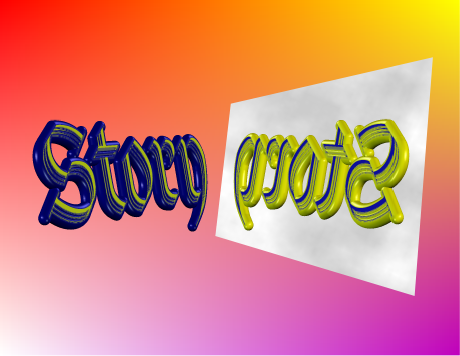Wednesday, June 30: Tune It Or Die!
BUT I’VE TOLD YOU THIS BEFORE
by Rob Lopresti
Some time ago I wrote in this very spot about trying to write a follow-up to one of my published short stories. Actually, I said I was trying to write “a sort of companion or sequel.” That was my way of saying that these two tales were not intended to be the beginning of a series.
In the case of my original story I had been determined not to turn it into a series. I wanted it to stand on its own. But now I had come up with a plot that complemented the first one and sort of completed it.
After that blog appeared I received an email from Neil Schofield, an author of many excellent short stories. He has given me permission to share part of it with you.
Some time ago, I seem to remember, you were talking about the problem of writing a sequel to a story of yours published some time before, years, in fact. How are you doing?
No — how are you doing it?
I’m somewhat in the same case. One of my AHMM stories seems to want a second episode, or at least the main characters do.
My main difficulty is — how do you get over the back story problem? Do you vomit it all out at the outset — this seems logical because back story after all explains how the characters got to where they are now.
But having spread the story out on the dining room table — which is what I do because I am terrible at reading a sheaf of pages, and that way I can look down on the whole thing like God and it helps me spot lumps and an empty bit there, that could be better filled with a section from here — the back story looks indigestible and plonking. So try again, this time feed the back story out in spoonsful as and when. Trouble here is, the as and when sometimes doesn’t turn up until late in the story when the piece of back story seems like a late addition. . . .
Do I have to explain the whole back story? After all, if the reader remembers the first, he doesn’t need back story. If he doesn’t, then he probably doesn’t care anyway.
A really good question (and boy, do I love the part about looking down like God on your manuscript). After a lot of thought I replied in part as follows:
What I concluded was this: ignore the fact that the character appeared in an earlier story. He or she has backstory that has to be told; lots of characters do. So you figure out the best place and time to tell it. (it could be several places and times). . . . My feeling is that if I get the story published one reader in ten will say, oh yeah, I vaguely remember that earlier one. The other nine won’t feel like they are missing anything.
Which is what I am doing in the sequel. I have to reveal the ending of the first story, because it explains the behavior of my hero. But you have to assume the reader doesn’t know or remember what happened. Of course, if the story was to appear in a collection of my stories (don’t hold your breath, you’ll hurt yourself) I would change that part.
The bigger question is whether the story will ever see publication anywhere. Fingers and toes crossed. . . .
But what about you, writers of the world? Any thoughts for Neil and me?





















The last story I finished and dropped in the mail was part of my primary series, but it was also a direct sequel of sorts to another one of the stories in the cycle. Many of the same considerations applied as in your situation.
The way I dealt with it was making short direct references in such a way as not to spoil the previous story, such as having Hero (Treviscoe’s sidekick) recalling “the adventure in the Forest of Dean” without further explanation, and having Treviscoe apologize to the woman whose life he had inadvertently ruined without explaining how, except that he had somehow proved that her father was a traitor.
That last was only important because he feels she has put him under an obligation to help her, and that’s how he is roped into the current investigation. One of my hard and fast rules is never to have more exposition than is required for the tale at hand.
At the end, though, there is a bit that hearkens directly to a scene in the previous story. The first time Treviscoe sees the woman in the first story, she is dressed as a boy; the last time he sees her in the current story, she is wearing similar attire, and he knows he will never see her again. This does nothing to spoil the first story, but ties it up rather pleasantly with a neat bit of symmetry, so although the new story stands on its own, there’s a little treat for those who have read the first one.
So far, when one of my published characters demands to come back in a new story, I have put my hands over my ears and sang country western songs until the character gives up and goes away.
Then I write about a new character.
I think the country western part is cruel to the characters, Terrie